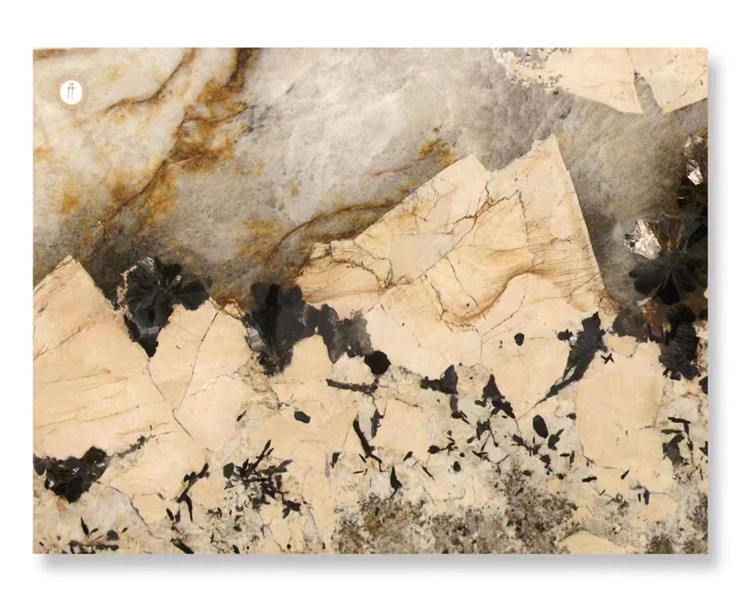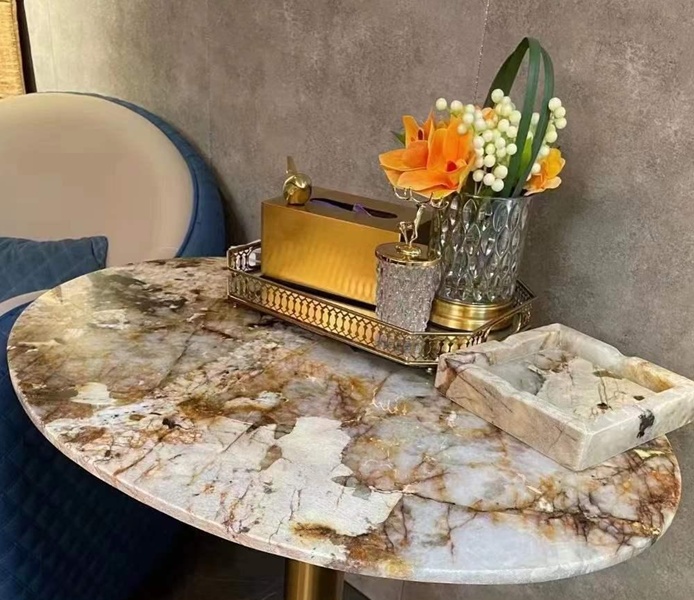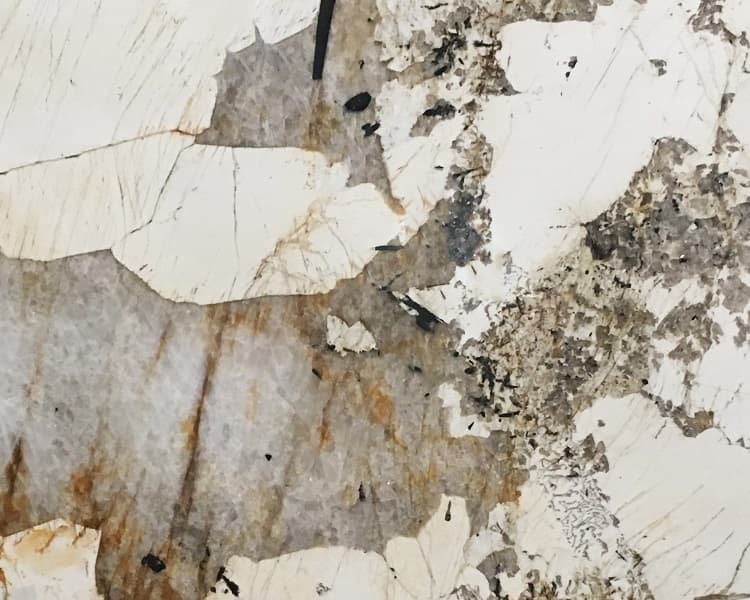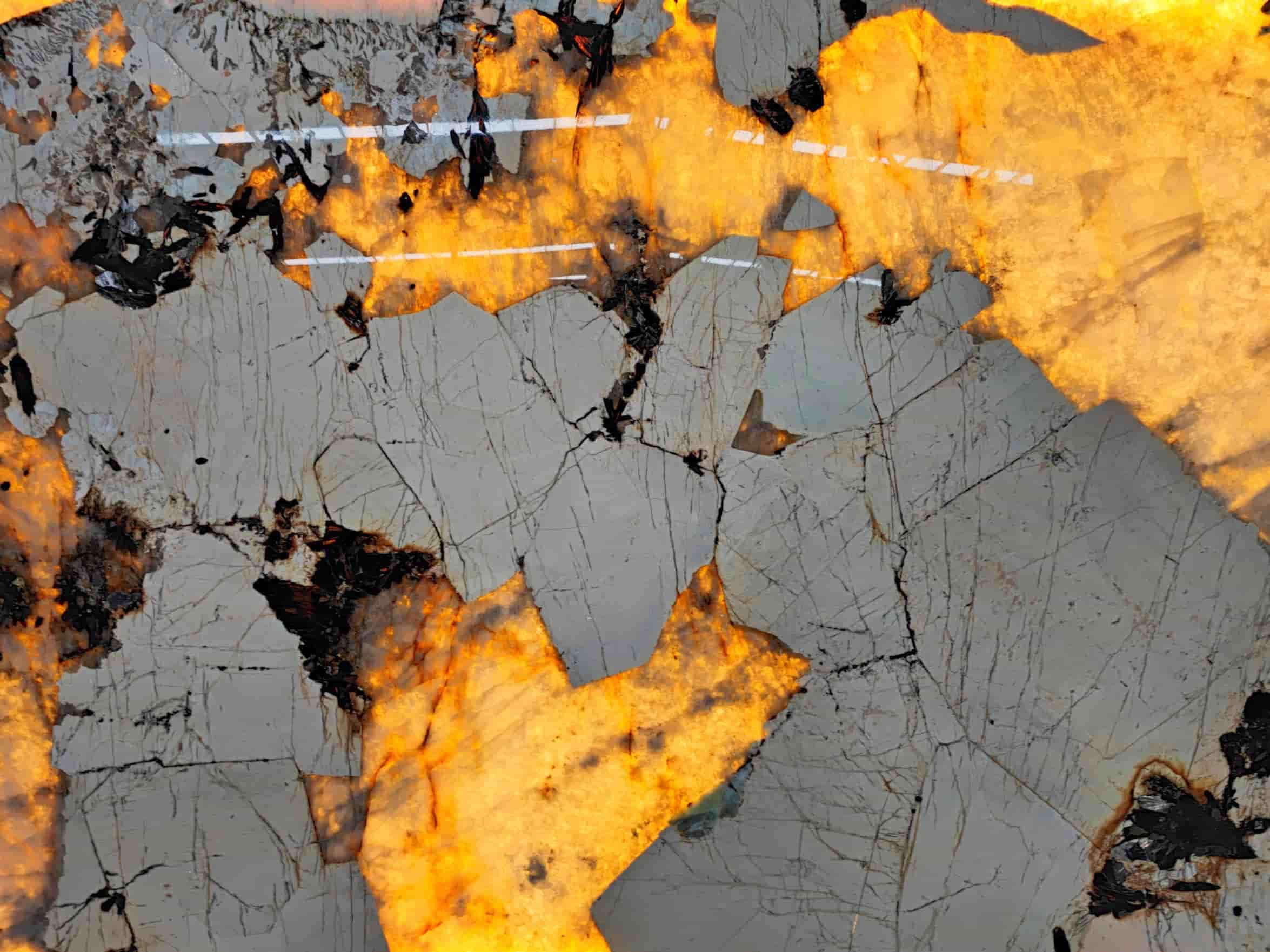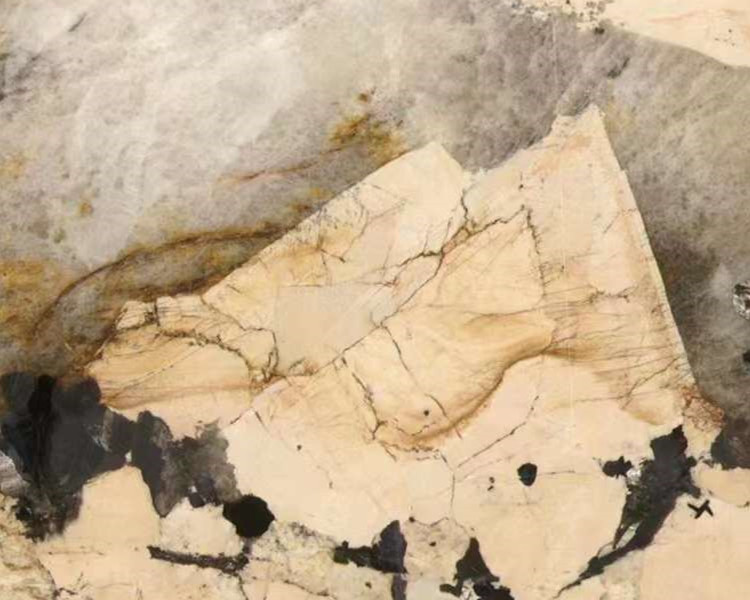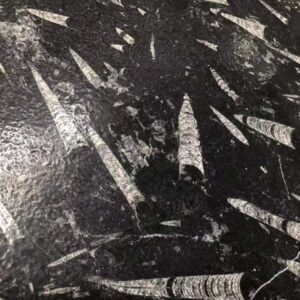Si vous envisagez d'utiliser le quartzite de Patagonie pour votre prochain projet d'aménagement, vous n'êtes pas le seul. Cette pierre polyvalente est de plus en plus populaire dans le monde du design en raison de sa beauté unique et de sa durabilité. Dans cet article, nous allons explorer les conseils et les meilleures pratiques des experts de l'industrie sur la façon de concevoir avec le quartzite de Patagonie pour obtenir des résultats époustouflants.
What is Patagonia Quartzite?
Quartzite de Patagonie is a natural stone that is quarried from the Andes Mountains in Argentina. It is a metamorphic rock formed from sandstone that has undergone intense heat and pressure over millions of years. The result is a beautiful and durable stone with a range of colors and patterns, including white, gray, beige, and black.
Designing with Patagonia Quartzite
When designing with Patagonia Quartzite, it’s important to keep in mind its unique characteristics and properties. Here are some tips and best practices from industry experts to help you get the most out of this beautiful stone:
- Choose the Right Finish
Patagonia Quartzite can be finished in a variety of ways, including polished, honed, and leathered. Each finish has a different look and feel, so it’s important to choose the right one for your project. Polished finishes have a glossy appearance and are best suited for indoor applications such as countertops and wall cladding. Honed finishes have a matte appearance and are ideal for flooring and outdoor applications. Leathered finishes have a textured appearance and are great for adding visual interest to countertops and other surfaces.
- Consider Color and Pattern
Patagonia Quartzite comes in a range of colors and patterns, so it’s important to consider which one will best suit your project. White and gray varieties are popular for their clean, modern look, while beige and black varieties offer a more dramatic and bold statement. When selecting a pattern, consider whether you want a subtle, uniform appearance or a more striking, veined look.
- Use Patagonia Quartzite for Both Indoor and Outdoor Projects
Patagonia Quartzite is a versatile stone that can be used for both indoor and outdoor projects. It’s perfect for high-traffic areas such as kitchen countertops, flooring, and outdoor patios. Its durability and resistance to weathering make it an excellent choice for exterior applications such as building facades and pool surrounds.
- Choose the Right Thickness
Patagonia Quartzite comes in a range of thicknesses, from 1cm to 5cm. The thickness you choose will depend on the application and the amount of traffic the surface will receive. Thicker slabs are more durable and better suited for high-traffic areas, while thinner slabs are more suitable for decorative applications such as wall cladding.
Benefits of Using Patagonia Quartzite
In addition to its beauty and durability, there are many benefits to using Patagonia Quartzite in your design projects. Here are some of the top benefits:
- Résistant à la chaleur et aux rayures
Patagonia Quartzite is highly resistant to heat and scratches, making it a great choice for high-traffic areas such as kitchen countertops. It can withstand heat up to 400 degrees Fahrenheit, making it ideal for use near stovetops and ovens. It is also highly scratch-resistant, so it will maintain its beautiful appearance even after years of use.
- Faible entretien
Patagonia Quartzite is low-maintenance and easy to clean. It does not require sealing or special cleaners, making it a great choice for busy households. Simply wipe down the surface with a mild soap and water solution to keep it looking its best.
- Long-Lasting
Patagonia Quartzite is a long-lasting stone that will retain its beauty and durability for years to come. Its resistance to weathering and wear makes it an excellent choice for outdoor applications, while its scratch and heat resistance make it perfect for indoor use. With proper care and maintenance, Patagonia Quartzite will remain a beautiful and functional surface for many years.
- Apparence unique
No two pieces of Patagonia Quartzite are alike, making it a unique and beautiful choice for design projects. Its range of colors and patterns allows for a wide variety of design options, from modern to traditional. Its natural variations in color and pattern add depth and interest to any space.
- Sustainable
Patagonia Quartzite is a sustainable choice for design projects. It is a natural stone that is quarried from the earth, so it does not require the use of fossil fuels to produce. It is also highly durable, so it does not need to be replaced as often as other materials.
Tips for Caring for Patagonia Quartzite
To keep your Patagonia Quartzite looking its best, it’s important to follow these tips for caring for your surfaces:
- Clean up Spills Immediately
Patagonia Quartzite is resistant to stains, but it’s still important to clean up spills immediately to prevent them from setting in. Use a mild soap and water solution to wipe up spills, and avoid using harsh chemicals or abrasive cleaners.
- Use Trivets and Cutting Boards
While Patagonia Quartzite is highly resistant to heat and scratches, it’s still a good idea to use trivets and cutting boards to protect your surfaces from damage. Avoid placing hot pots and pans directly on the surface, and use a cutting board when preparing food.
- Avoid Direct Sunlight
While Patagonia Quartzite is highly resistant to weathering, it’s still important to avoid exposing it to direct sunlight for prolonged periods of time. UV rays can cause the stone to fade over time, so it’s best to keep it out of direct sunlight if possible.
- Seal if Necessary
While Patagonia Quartzite does not require sealing, some varieties may benefit from it. Check with your fabricator to see if your specific stone needs to be sealed, and follow their instructions for sealing if necessary.
Conclusion
Designing with Patagonia Quartzite can be a rewarding experience, resulting in beautiful and durable surfaces that will last for years to come. By following these tips and best practices from industry experts, you can ensure that your project will be a success. Remember to choose the right finish, consider color and pattern, use Patagonia Quartzite for both indoor and outdoor projects, choose the right thickness, and work with a professional fabricator. With these guidelines in mind, you’ll be well on your way to creating stunning designs with Patagonia Quartzite.
Produits connexes

